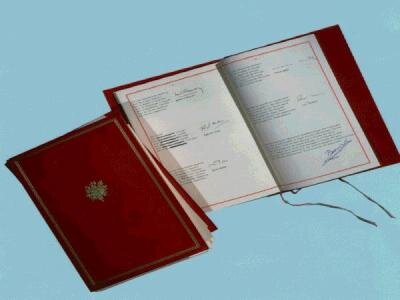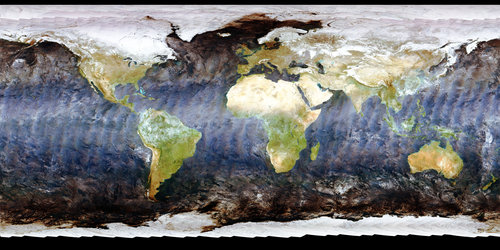IP policy at ESA
As a research organisation, ESA encourages, protects and licenses innovations or original works resulting from its activities in order to:
- fulfil its mission of cooperation among Member States in space research and technologies and their applications
- encourage the worldwide competitiveness of European industry
Intellectual creations resulting from the work of ESA staff members are also highly valuable for Europe, since they embody the result of research integrated and organised in the frame of a European organisation. These technologies, which represent a very large investment in terms of human resources, time, work and finance, receive legal protection in order to benefit the European space sector.
ESA patents up to 20 inventions a year and has a portfolio of approximately 450 patent applications and patents. The Agency also protects the name of some of its programmes, many of which have become famous trademarks such as Ariane, Europe's Spaceport, Galileo and Vega.
For these reasons it is essential that ESA has an effective and comprehensive Intellectual Property Policy (IP) as well as efficient management of its Intellectual Property Rights (IPRs). Ownership, exploitation, dissemination and transfer of IPRs are the main incentives for continuing technological innovation and boosting industrial competitiveness. In addition, as some space activities are closely related to commercial market developments there will be an increase in attention to the role of IP in space activities and international cooperation.

ESA and IP
As an intergovernmental body, ESA must fulfil certain obligations. These include protecting the interests of its Member States without discriminating against them.
On the basis of the principles laid down in its Convention, ESA has drawn up a number of rules governing IP:
- provisions in the implementation of rules for optional programmes
- clauses contained in international agreements
contract regulations
Article III of the ESA Convention (Information and Data) establishes the principle that Member States and ESA shall facilitate the exchange of scientific and technical information pertaining to the fields of space research and technology and their space applications. It also stipulates that any scientific results shall be published or otherwise made widely available, after prior use by the scientists responsible for the experiments.
Given the diversity and abundance of IP provisions, the need to standardise these into a single document soon became apparent. In 1989 the ESA Council adopted a first set of rules on information and data, revised in 2001 based on Article III of the ESA Convention. This document sets out the basic principles concerning the various sources of information and data, such as in-house developed and contractor-developed information, data and IP.

Changes to IP policy
In the 1989 document the main emphasis was on public interest and providing free access to ESA-funded information and data to Member States and their nationals, and the dissemination of scientific data.
However, this policy did not encompass the full spectrum of IP as it only referred to patent protection, nor did the free-access approach have the expected results – an increase in the competitiveness of European industries.
The new policy aims to overcome the limits of the previous policy by enlarging the scope of protection to all IP titles and encouraging contractors to protect their creations and to develop an active licensing policy for effective exploitation.















 Germany
Germany
 Austria
Austria
 Belgium
Belgium
 Denmark
Denmark
 Spain
Spain
 Estonia
Estonia
 Finland
Finland
 France
France
 Greece
Greece
 Hungary
Hungary
 Ireland
Ireland
 Italy
Italy
 Luxembourg
Luxembourg
 Norway
Norway
 The Netherlands
The Netherlands
 Poland
Poland
 Portugal
Portugal
 Czechia
Czechia
 Romania
Romania
 United Kingdom
United Kingdom
 Slovenia
Slovenia
 Sweden
Sweden
 Switzerland
Switzerland





























